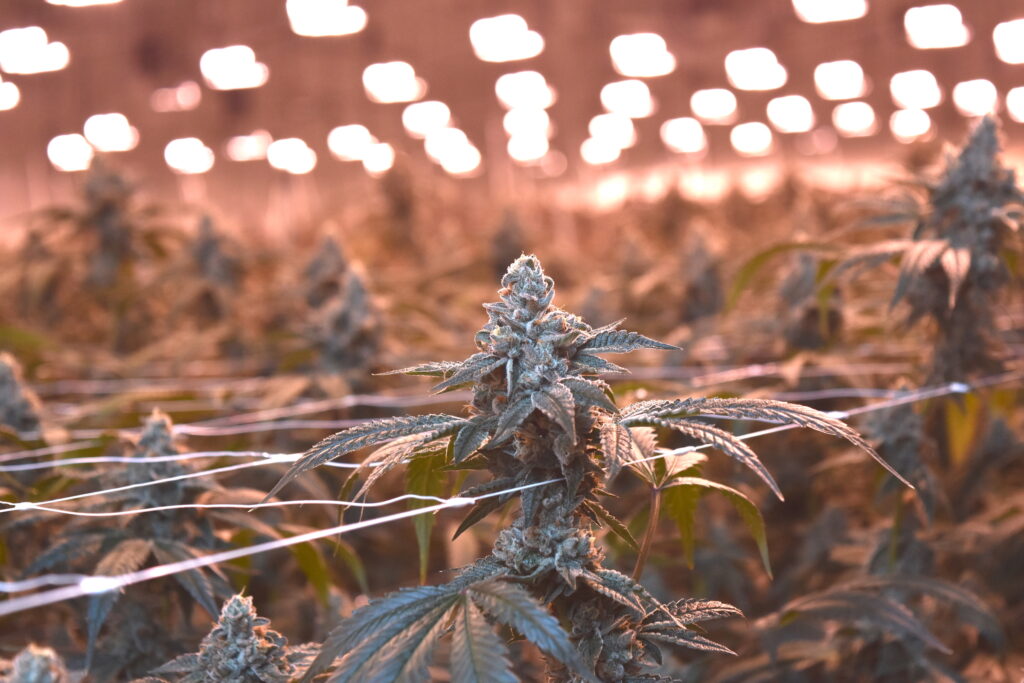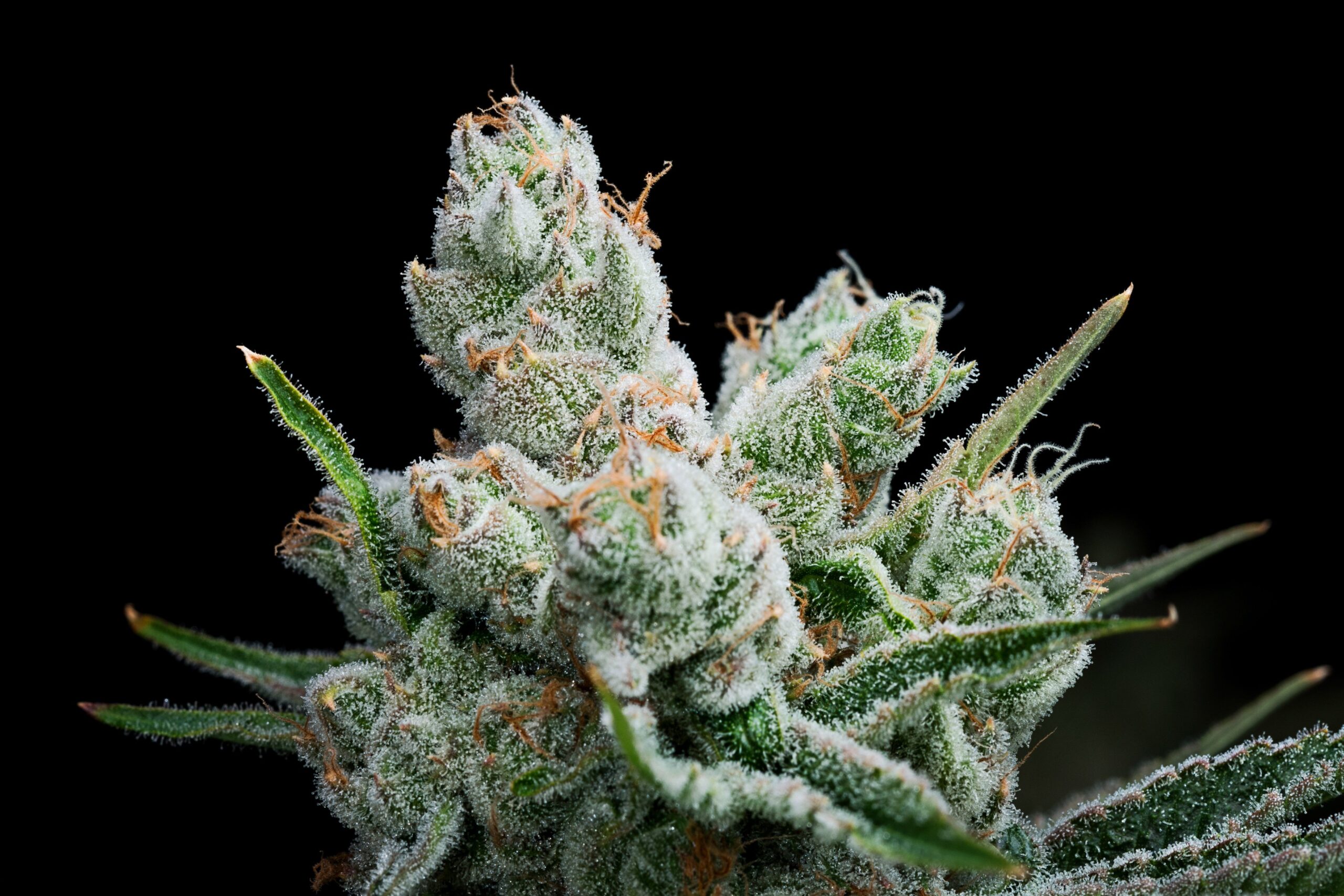What is cannabis?
The Plant

Cannabis, a plant that originated in central Asia, has been utilized for its healing properties for thousands of years. This ancient herb has a rich history, with Emperor Shen Nung, often referred to as the “Father of Chinese Medicine,” being one of the earliest proponents of its medicinal benefits. He attributed his success in treating various ailments to cannabis as an alternative medicine, showcasing its significance in traditional healing practices.
Interestingly, Shen Nung is also credited with introducing acupuncture, further emphasizing his impact on holistic health approaches. The versatility of cannabis extends beyond medicinal uses; it belongs to the same plant family as hops, which is the primary ingredient used in brewing beer. This botanical connection highlights the diverse applications and historical importance of cannabis throughout human civilization.
The Culture

Promoting understanding, creativity, and connection is essential in any community. When individuals come together with a shared interest, such as in creative or therapeutic environments, it fosters a sense of comradery that transcends individual differences. This gathering of diverse personalities not only enriches the experience but also cultivates an atmosphere where everyone feels valued and heard.
Creating supportive spaces for all walks of life is crucial to this endeavor. It’s important to focus on both physical and mental health, ensuring that activities encourage well-being rather than merely seeking temporary highs. By prioritizing holistic wellness, communities can nurture genuine connections among members while promoting personal growth and creativity. In these environments, individuals are empowered to care for one another, leading to deeper relationships and a stronger collective identity.
The Benefits

The search for holistic alternatives to traditional medications has led many to explore the medicinal benefits of cannabis. This plant offers a wide variety of therapeutic properties, ranging from an effective alternative to ibuprofen for pain relief to providing anti-seizure support for those with epilepsy. Additionally, emerging research suggests that certain compounds found in cannabis may possess cancer-fighting properties, making it a promising option for patients seeking complementary treatments.
In terms of safety, cannabis presents a compelling case when compared to alcohol. Statistics show that there are significantly fewer deaths attributed to cannabis consumption than alcohol-related incidents. One of the key advantages is the absence of overdose risk associated with cannabis; unlike alcohol, which can lead to fatal consequences when consumed in excess, cannabis use does not carry the same life-threatening potential. This makes it an appealing choice for individuals looking for safer alternatives in managing their health and well-being.
Fun Facts
- We only smoke the female plants. Male plants do not produce flower.
- George Washington grew hemp, he mentioned it at least 90 times in his diaries and writings.
- Our bodies have a system for interacting with cannabinoids found in cannabis. This is because our body creates it’s own cannabinoids called endocannabinoids. Thus, the endocannabinoid system inside all of us.
- States that legalize cannabis see a reduction in opioid overdoses by approx. 25%.
- “Canvas” is derived from the word cannabis because they were originally made of hemp.
Classifications.
Varieties of cannabis originating in the mountainous regions that grow with a short, bushy stature and large, thick leaves. Indica plants have a shorter flowering cycle than their sativa counterparts and are generally appreciated for their deeply relaxing effects.
A classification of cannabis genetics that feature both indica and sativa genetics. These cultivars offer a balance between relaxing and uplifting effects.
Varieties of cannabis originating in warmer equatorial regions that grow tall and skinny in stature with long, thin leaves. Sativa strains have a longer flowering cycle than their indica counterparts and are appreciated for their uplifting effects.

